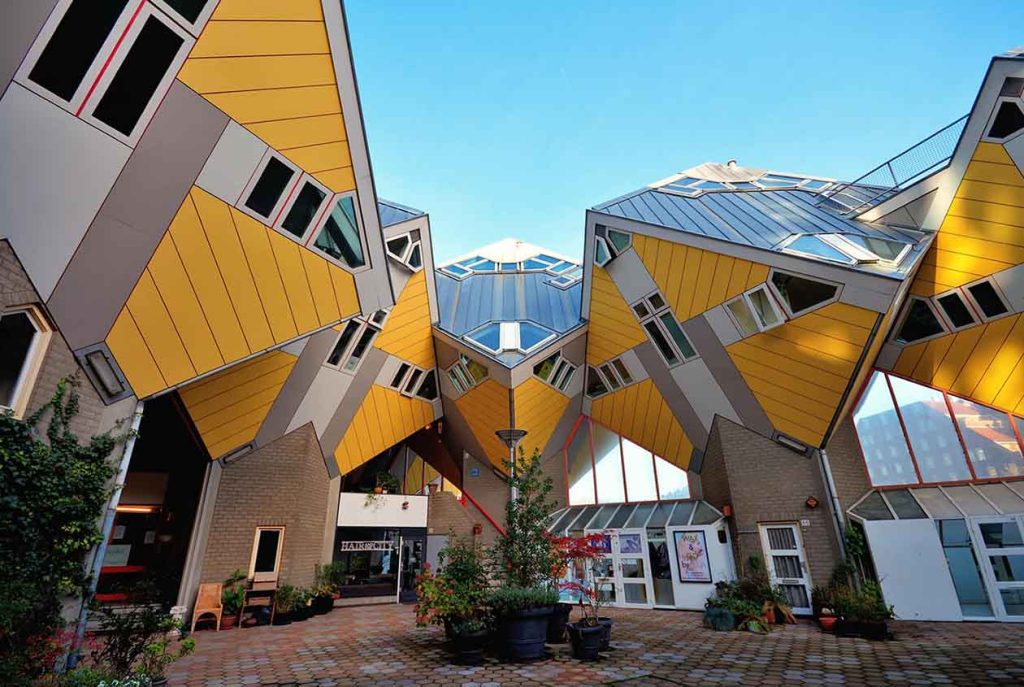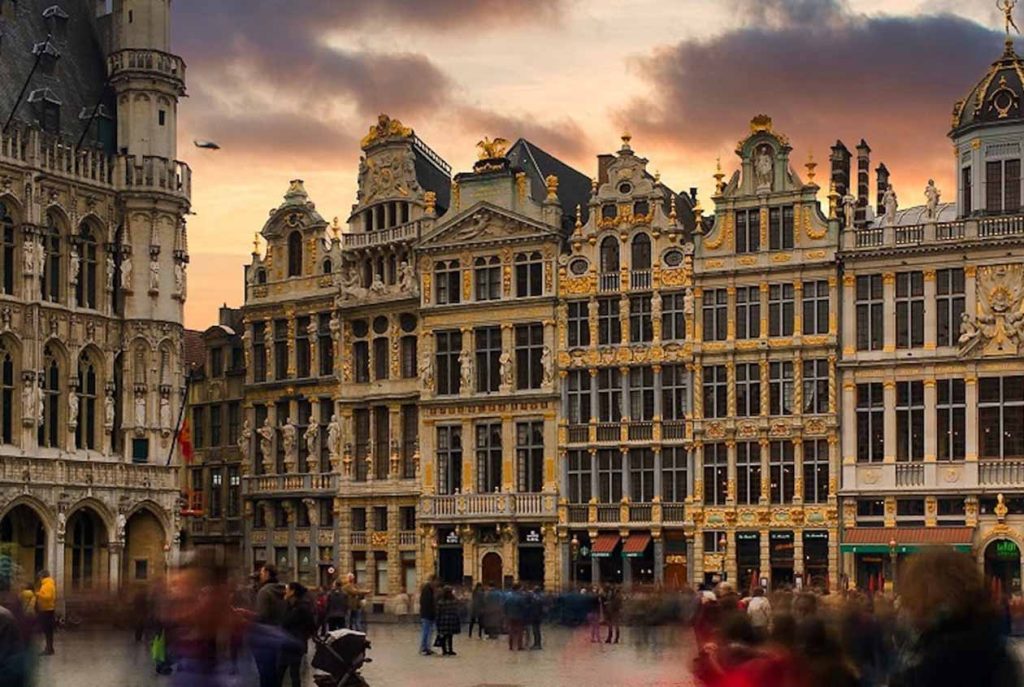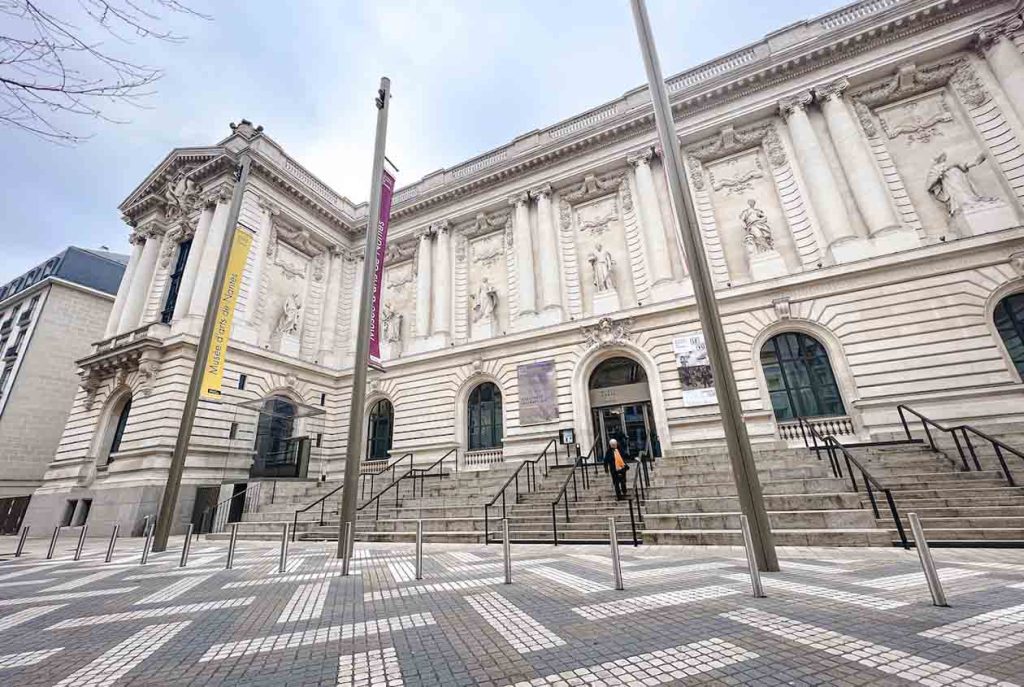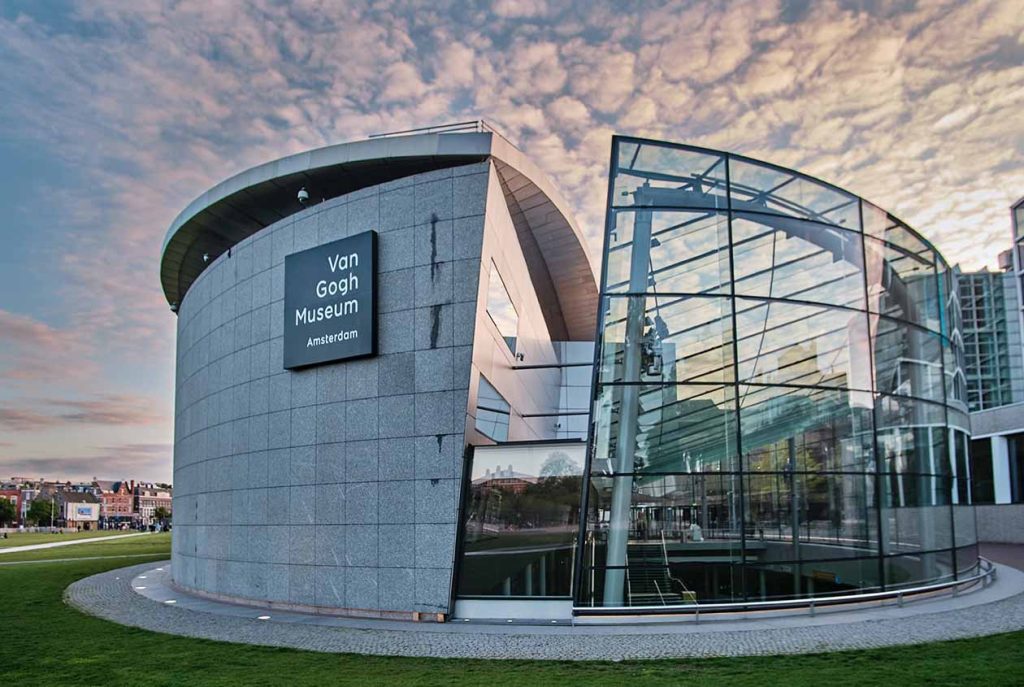
Amsterdam, a city surrounded by canals, is not only the political and economic center of the Netherlands but also a precious heritage of world culture and history. As a city with a rich artistic tradition and historical depth, Amsterdam’s cultural attractions are everywhere, drawing thousands of visitors every year. Each time I walk through the streets of this city, I can feel the strong artistic atmosphere and deep historical accumulation. Whether you are an art lover or a history enthusiast, Amsterdam offers invaluable cultural landmarks that you cannot miss.
Today, I want to take you on a tour of five cultural attractions in Amsterdam that are simply unmissable. These places not only house soul-stirring works of art but also hold historical relics that witness the city’s century-long changes. Let me take you through the river of time and introduce you to Amsterdam’s five most culturally captivating attractions.
- Van Gogh Museum: Savoring the Master’s Artistic World
If you ask which place in Amsterdam is the most artistic, the Van Gogh Museum is undoubtedly the answer. This museum is not only the largest collection of Van Gogh’s works in the world but also a sacred place for every art enthusiast. Van Gogh’s works, with their unique use of color and emotional depth, have captivated countless viewers, and this museum is the best place for me to have an intimate encounter with the master. It’s a place where art lovers can truly experience the genius of one of history’s most revolutionary artists, whose work influenced generations.
The museum houses many of Van Gogh’s iconic works, from his early “The Potato Eaters” to his late “Sunflowers.” Each painting tells a story of Van Gogh’s complex emotions and artistic exploration. Here, you can deeply appreciate how Van Gogh used color and brushstrokes to express his inner struggles and passions. The museum also showcases a large number of Van Gogh’s letters, offering a glimpse into the thoughts and creative process of this genius artist. These letters not only reveal his vision of art but also provide insight into his turbulent life, struggles with mental health, and personal relationships.
Standing in front of the famous “Self-Portrait,” I almost feel Van Gogh’s loneliness and perseverance. His near-mad pursuit of art is truly moving. This museum is not only a showcase of Van Gogh’s art but also makes me reflect on the relationship between art and life. Whether or not you are familiar with Van Gogh, this place will undoubtedly leave you with profound emotion and inspiration. It’s a place where time seems to stand still, and you’re able to experience the intensity and beauty of Van Gogh’s world, as well as his unwavering commitment to his craft despite personal challenges.
- Amsterdam Museum: Delving into the Heart of Dutch History
The Amsterdam Museum, one of the most important historical museums in the Netherlands, is the best place for me to learn about the history of this city. From the founding of Amsterdam to its glory during the Golden Age, and its modernization process, the museum presents several centuries of history through its rich exhibits and vivid explanations. Every exhibit is meticulously curated to highlight the dynamic growth of this world-renowned city, offering me a unique insight into Amsterdam’s evolution over the centuries.
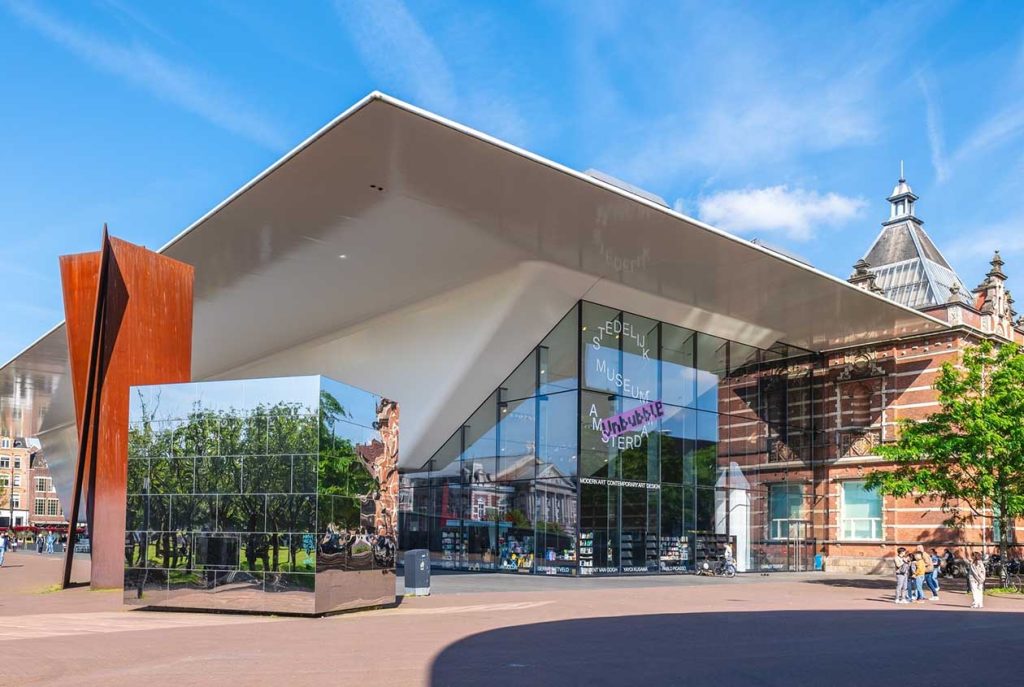
What left the deepest impression on me was the exhibition about Amsterdam’s Golden Age. This was the most glorious period in Dutch history when Amsterdam served as the world’s trade center, experiencing economic prosperity and cultural flourishing. The museum displays a large number of artworks, maps, ship models, and historical documents, meticulously depicting the splendor of this era. Especially the large painting depicting the Amsterdam port, which made me almost feel the magnificent scene of sailing at that time. The city was a hub for art, commerce, and exploration, and its legacy is still visible today in the architecture and atmosphere that permeate its streets.
Additionally, the museum showcases many objects and artworks closely related to Dutch history, including works by famous Dutch painter Rembrandt, as well as precious artifacts related to the Dutch War of Independence and colonial history. These exhibitions deepened my understanding of the complexity and diversity of Dutch history. From the rise of the city as a major center of international trade to its profound influence on global culture and politics, this museum offers a comprehensive exploration of Amsterdam’s historical significance. It gave me a deeper appreciation of how the city shaped the Netherlands’ identity and played a key role in European history.
- Rijksmuseum: Exploring the Artistic Treasures of the Dutch Golden Age
If you are an admirer of art from the Dutch Golden Age, the Rijksmuseum is undoubtedly an essential cultural landmark that you cannot miss. The Rijksmuseum is regarded as one of the most important art museums in the Netherlands, housing numerous works by the country’s greatest artists, such as Rembrandt and Vermeer. It is a true haven for those fascinated by Dutch history and the evolution of art, offering visitors a comprehensive glimpse into the cultural richness of the 17th century.
One of the most famous works is Rembrandt’s The Night Watch, which is a representative masterpiece of the Dutch Golden Age and one of the highlights of my visit to the Rijksmuseum. Standing in front of the painting, I could almost feel the lifelike energy of the characters depicted. Rembrandt’s ingenious use of light and shadow captured the characters’ personalities and the intense atmosphere of the scene vividly. The meticulous details of the painting convey a story of action and anticipation, drawing me into the moment.
Moreover, the museum also displays numerous artworks reflecting Dutch history, culture, and daily life. These works showcase the splendor of the 17th century in the Netherlands, as well as the unique aspects of society at that time. Each exhibit carries the breath of history, making me feel as if I had traveled back in time to that golden era filled with art and culture. The museum’s vast collection also includes furniture, weaponry, and ceramics, providing an all-encompassing view of the artistic and cultural achievements during the Dutch Golden Age. From intricate Delft pottery to royal portraits, every room tells a different part of the story, adding depth and complexity to the experience.
- Anne Frank House: Witnessing the Tragedy of World War II
The Anne Frank House is one of the most moving places I visited in Amsterdam. This museum is located in the house where Anne Frank hid during the Nazi persecution, and it is here that she wrote her famous diary. Through Anne’s diary, I deeply felt the tragic fate that European Jews endured during World War II, particularly the harrowing sense of fear and isolation they faced while living in hiding. The personal nature of Anne’s words made the horror of the time feel more real and intimate, highlighting the suffering of millions during one of humanity’s darkest hours.
The museum displays Anne Frank’s original diary, family photos, and many historical documents and photos, telling the story of her life in hiding. Especially the Diary of Anne Frank, which filled me with a profound sense of sorrow and reflection. This diary is not only a personal record but also has become a vital document for the world to reflect on war and human suffering. Reading her words, I found myself thinking about how a young girl, under such dire circumstances, could still find hope, express her dreams, and observe the world with such maturity.
Anne’s story is one of the most profound warnings in human history, prompting thoughts on how humanity can avoid repeating the past. After visiting the museum, I deeply felt the weight of history and the resilience of human life. The museum also serves as a poignant reminder of the atrocities of war and the enduring human spirit. It emphasizes the importance of tolerance, peace, and the remembrance of those who suffered, ensuring that the voices of those silenced by hatred are not forgotten. The Anne Frank House leaves a lasting impression, making it an essential stop for anyone visiting Amsterdam, serving both as a memorial and an educational experience for future generations.
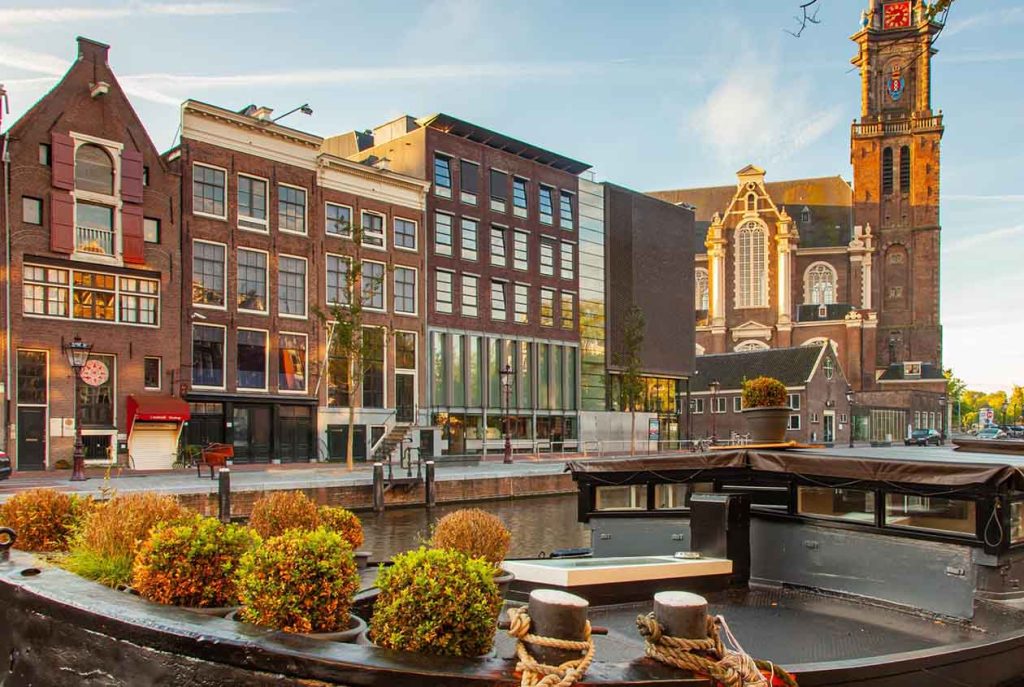
- Herman Museum: Presenting a Unique Perspective on Dutch Modern Art
Located in Amsterdam’s cultural district, the Herman Museum is a museum dedicated to showcasing modern Dutch art. The exhibits here include not only works by Dutch artists but also masterpieces by many international contemporary artists. Every time I enter the Herman Museum, I am struck by the creativity and breakthrough artistic forms in the exhibitions.
The museum’s collection of modern art includes oil paintings, sculptures, installations, and video art. Some of the works, especially those reflecting contemporary social issues, often make me think deeply while appreciating the art. The Herman Museum has opened up a new perspective on art for me, allowing me to see the endless possibilities of contemporary art.
Amsterdam is a city filled with cultural atmosphere. From the Van Gogh Museum to the Anne Frank House, from the historically rich Amsterdam Museum to the modern art showcase of the Herman Museum, these cultural attractions not only present the essence of Dutch art but also make me feel the historical depth of the city. Every step I take in Amsterdam allows me to feel the cultural heritage and artistic creation of this city from the past to the present. If you love history and art, Amsterdam is undoubtedly a place that will make you want to stay forever.
